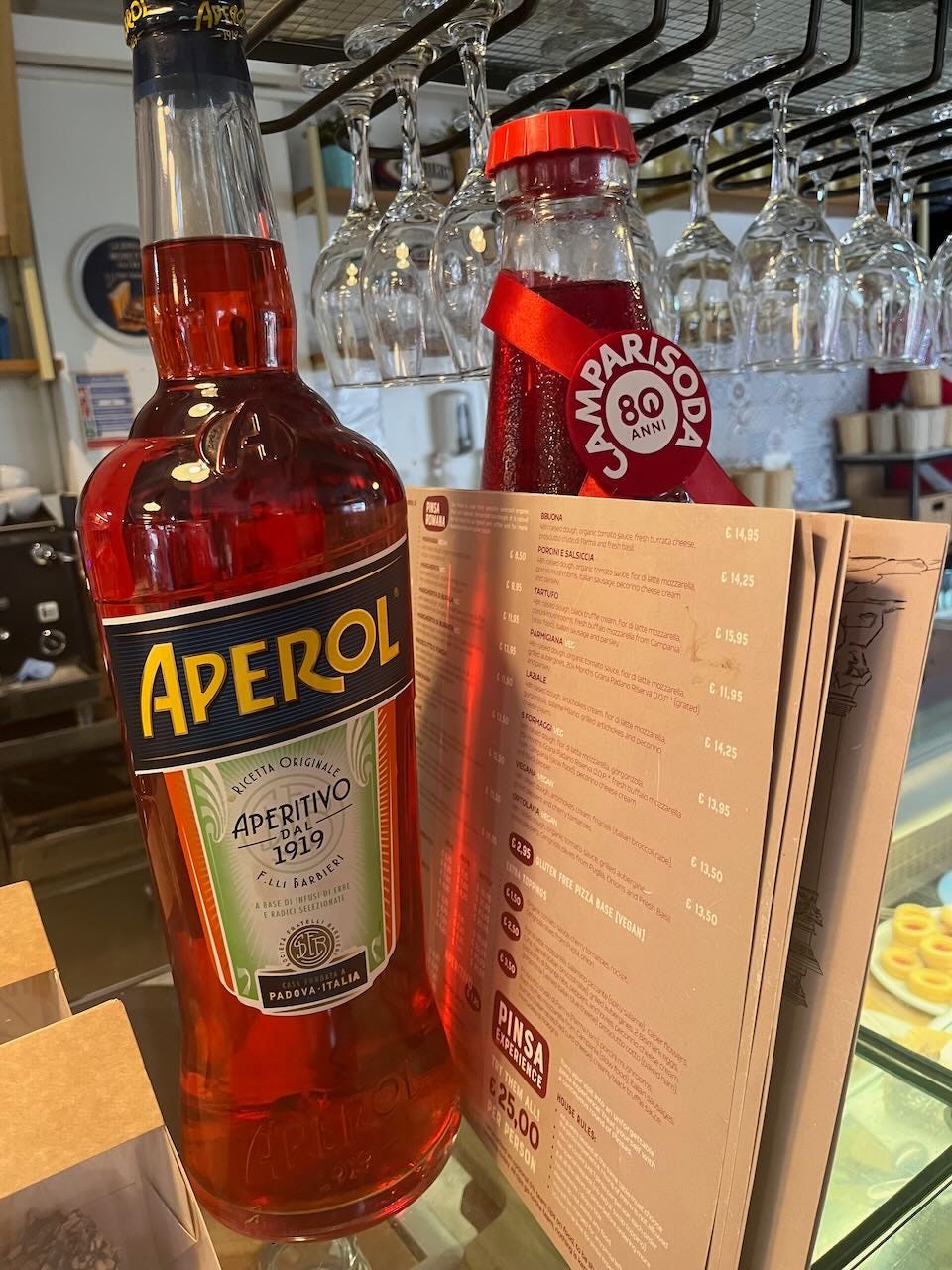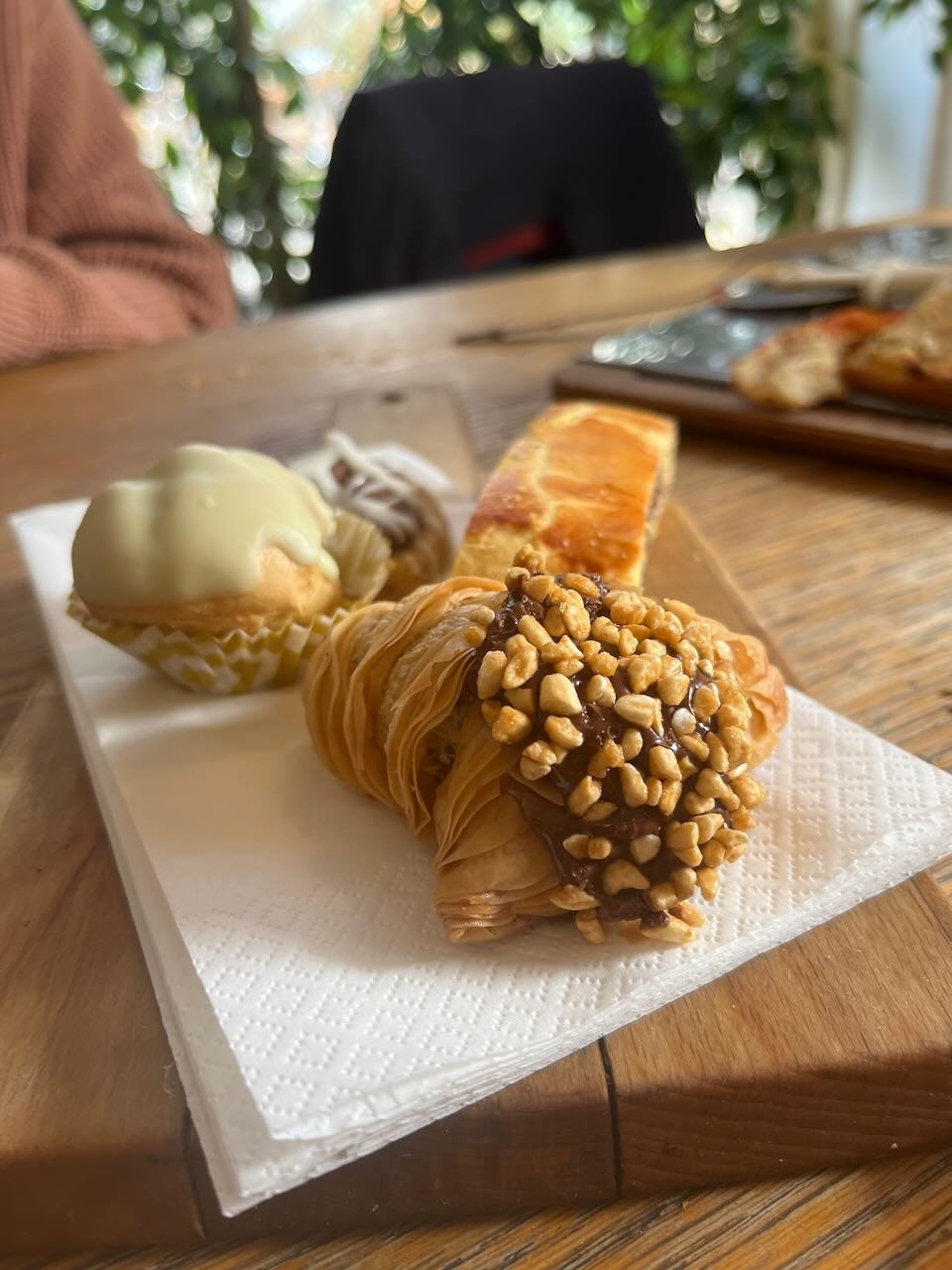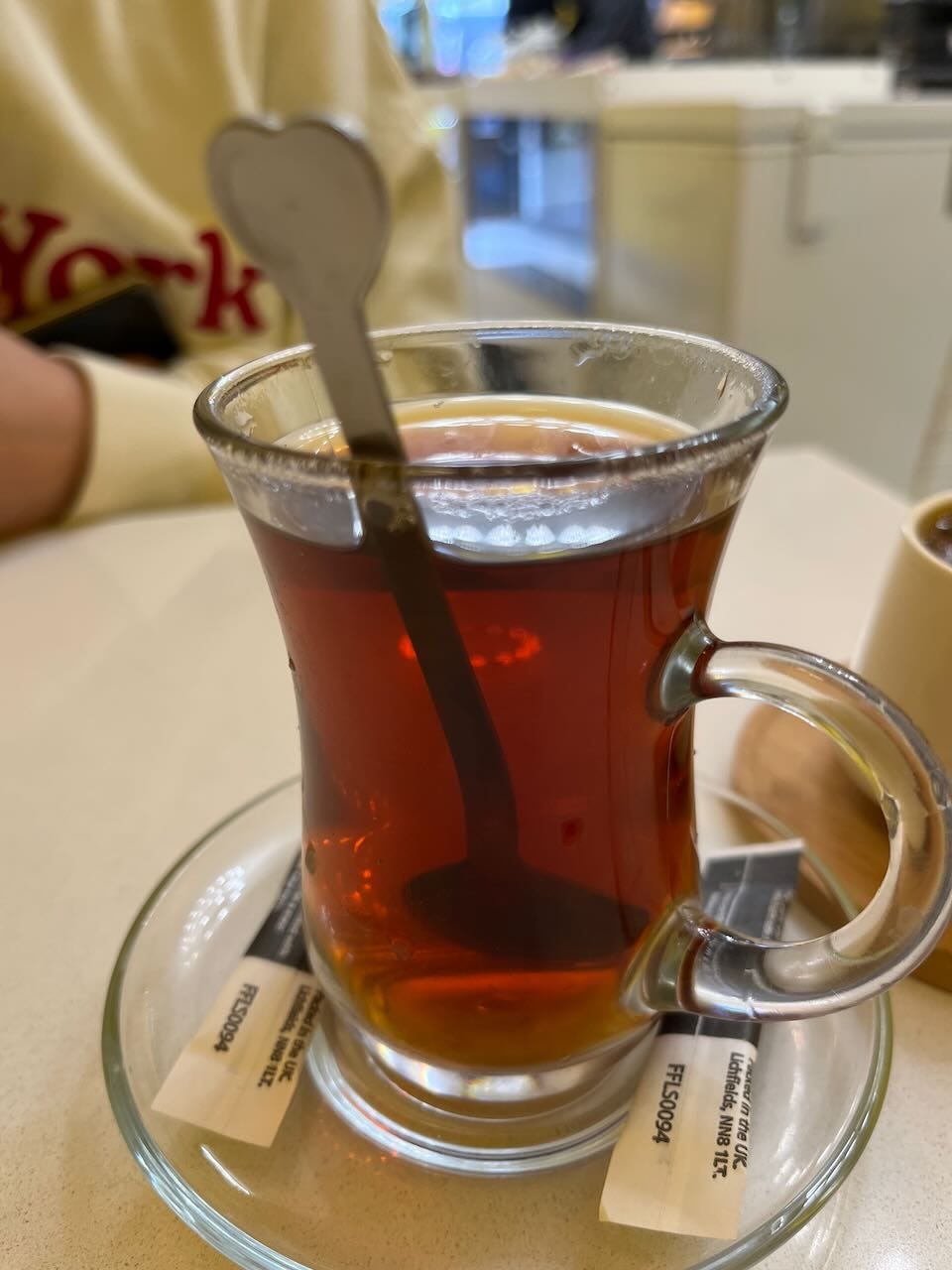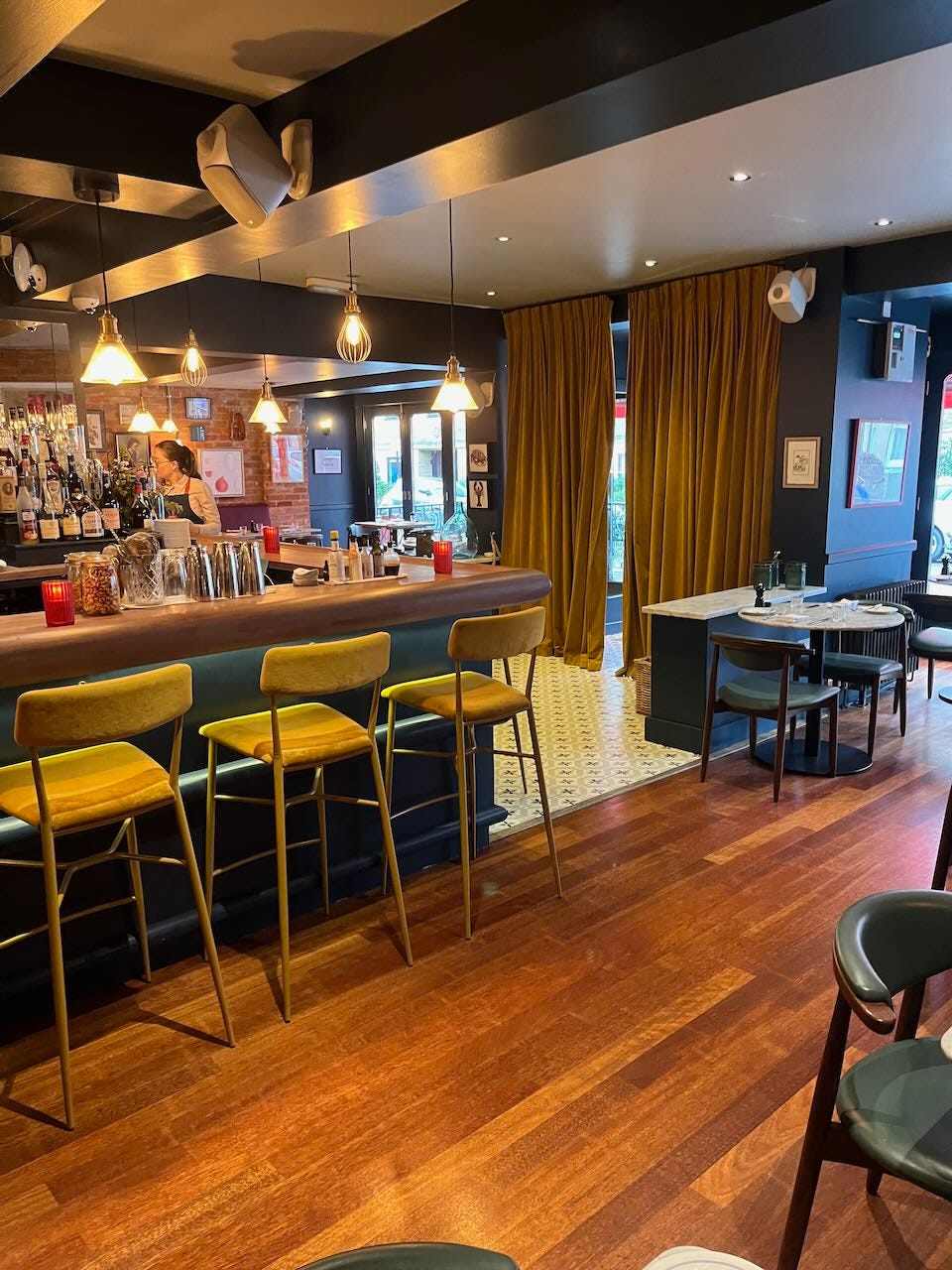This Sunday’s football Varsity against Cambridge will be the 138th played by the men and the 37th by the women since the club was founded in 1872. The dark blues will be looking for a repeat of last year’s double victory, a success which saw Oxford lifting both trophies.
However, for many, 2022 will go down in footballing history for another (and perhaps more significant) reason: the sensational performance of England’s Lionesses at the Euros. Their historic win brought a trophy back to England for the first time since the much-vaunted 1966 men’s World Cup victory. Looking back to last year’s various football successes, and forwards towards this weekend’s Varsity, I have been reflecting upon both my own personal experience playing football, and also the (often unknown and untold) history of women’s football in the UK.
From a young age I always had a ball at my feet, regardless of where I was. Eventually, after a few smashed plates, lamps, and other household objects, my parents decided that it was time to find somewhere for my sister and I to get some real training – and maybe increase our accuracy. Excited at the prospect of playing football properly, we set off to the local park with our mum to find the team that my dad had arranged for us to train with the previous week. On arrival, we were promptly berated by the coach for not having shin pads and sent away without playing. Dreams of becoming a professional footballer crushed, seven-year-old me burst into tears. Fast-forward a couple of weeks, and our parents found us a different team with a supportive coach. We were the only girls there, but that didn’t faze us at all: we were finally playing football.
However, when I went on to join a local Sunday league girls’ team, the differences between my own experience and that of my male counterparts begin to show. I played at places with no toilets, in leagues which would be cancelled midway through the season because of teams dropping out, and on sloping pitches resembling meadows, with lines marked out in cones. These were right next to the well-maintained pitches, always reserved for the boys. These imbalances began especially to frustrate me when I became involved in the sport more seriously. I played for the first team of my Regional Talent Centre while my friend played for the men’s equivalent reserve team. Unlike me and my teammates, he got access to ice baths and specialised physios. This disparity particularly annoyed me because I knew such facilities would greatly aid my development. As this happened, many of the girls I had played with were stopping football completely. Looking back, this is hardly surprising given that 64% of girls drop out of sports by the age of 17. By this point, it had become clear to me that women’s football could only progress significantly with increased funding, distributed from grassroots to a professional level, and with a changed public attitude.
At the same time, teams in the WSL, the top division of English women’s football, were lucky to get one thousand supporters a week, while men’s premier league teams would easily get upwards of fifty thousand. Women’s football seemed anything but popular, and, to me, the prospect of attracting even half of the men’s numbers seemed to be stuff of a distant future. As it turns out, the future was the last place I needed to be looking: women’s football had already attracted the same numbers as the men’s – and nearly an entire century earlier! As someone heavily involved in the sport from a young age, I was surprised to discover its hidden history. Just twenty-five years after the first women’s football match in 1895, a Boxing Day match at Goodison Park attracted 53,000 supporters, an international record that was only broken a decade ago. Why had I not known about this before? How had this regression in popularity occurred? What happened to Women’s football?
The answer is simple, and shocking – in 1921 the Football Association banned Women’s football from affiliated grounds. Their accompanying statement that “the game of football is quite unsuitable for females and ought not to be encouraged” reflected the social politics of the time, and the wider attempts to make women return to pre-war conditions. Many women were unhappy about this, seeing much of their new-found independence during the first-world war taken from them. Women wanted to be able to determine their own futures and have keys rights – political, social and reproductive. Therefore, although the FA’s decision was undoubtedly a setback, the 1920s was also period in which women campaigned hard for their rights, and achieved a series of successes. The Matrimonial Causes Act (1923) made adultery by either husband or wife the sole ground for divorce. The Summary Jurisdiction Act (1925) extended the criteria on which either a husband or wife could obtain separation. The Legitimacy Act (1926) allows for children born outside of marriage to be legitimated by the subsequent marriage of their parents. The Adoption Act (1926) introduced adoption procedures. While women over 30 were given the right to vote in 1918, women were only given electoral equality in 1928. The following year the Ages at Marriage Act raised the minimum age to 16 and the so-called ‘Flapper’ election of 1929 took place.
Until 1969, women’s football was only played in amateur leagues, with small crowds and limited funding. In this time, the campaigning of second wave feminist saw women gain further rights. The Married Women’s Property Act (1964) entitled a woman to keep half of any savings she has made from the allowance she is given by her husband, Barbara Castle became the first female minister of state (1965), Labour MP David Steel sponsored an Abortion Law Reform Bill, which becomes the Abortion Act (1967), and women went on strike at the Ford car factory over equal pay – a protest that led directly to the passing of the Equal Pay Act. Yet, in and amongst all of this, it was not until 1969 the Women’s Football Association (WFA) was formed. Further, it would be another two years before the FA would lift the ban which stopped women playing on the grounds of affiliated clubs.
Despite this huge fifty-year setback, women’s football grew steadily from this point up until the start of the new century. By the time I was born in 2002, football had become the top participation sport for girls and women in England. In the same year, Gurinder Chadha’s Bend it Like Beckham was released. Starring Parminder Nagra and Keira Knightley, the film follows two 18-year-old girls who love football, and are determined to play at any cost. It was an instant success, and cemented itself, and women’s football, firmly within popular culture. Watching it for the first time, I identified particularly with the Indian character Jesminder. When the film finished, I turned to my mum and said, ‘that girl is just like me’.
Now, in 2023, there are hundreds of (real!) role-models for young girls starting out in the sport to look up to, from England’s captain Leah Williamson to former footballer turned television presenter Alex Scott. The progress the sport has made in the last few years alone has been incredible to see, and women’s football is being played and watched by more than ever before. When I go home to Leeds and walk through my local park on a weekend, the pitches are still, as they were over a decade ago when I first started out, inevitably full. This time, however, men, girls, women, and boys are all playing next to one another.
Therefore, while there is a long way to go for women’s football, particularly in terms of increasing funding and continuing to change public attitudes, its recent progress is something to be celebrated. As we look forward to what the future of the sport may hold, we must also look back to the often-forgotten women who paved the way for us, and had to fight simply to play a game they loved.
So, reflecting upon all of this in the build-up to this Sunday’s Varsity I want to urge you to reverse the deliberate setback imposed on the women’s game just over one hundred years ago and head down to London on Sunday, to support Oxford. The women are playing at 12.00 at Leyton Orient F.C, and the men at 15. 00. The women’s game has come a long way, and while we won’t be able to match the huge crowds who used to watch all those years ago, it would be fantastic if there were good numbers cheering on the dark blues. Let’s reverse the FA’s 1921 pronouncement and show that in 2023 we know that ‘the game of football is quite suitable for females and ought to be encouraged.’
Image Credit: Iona Bennett
























































